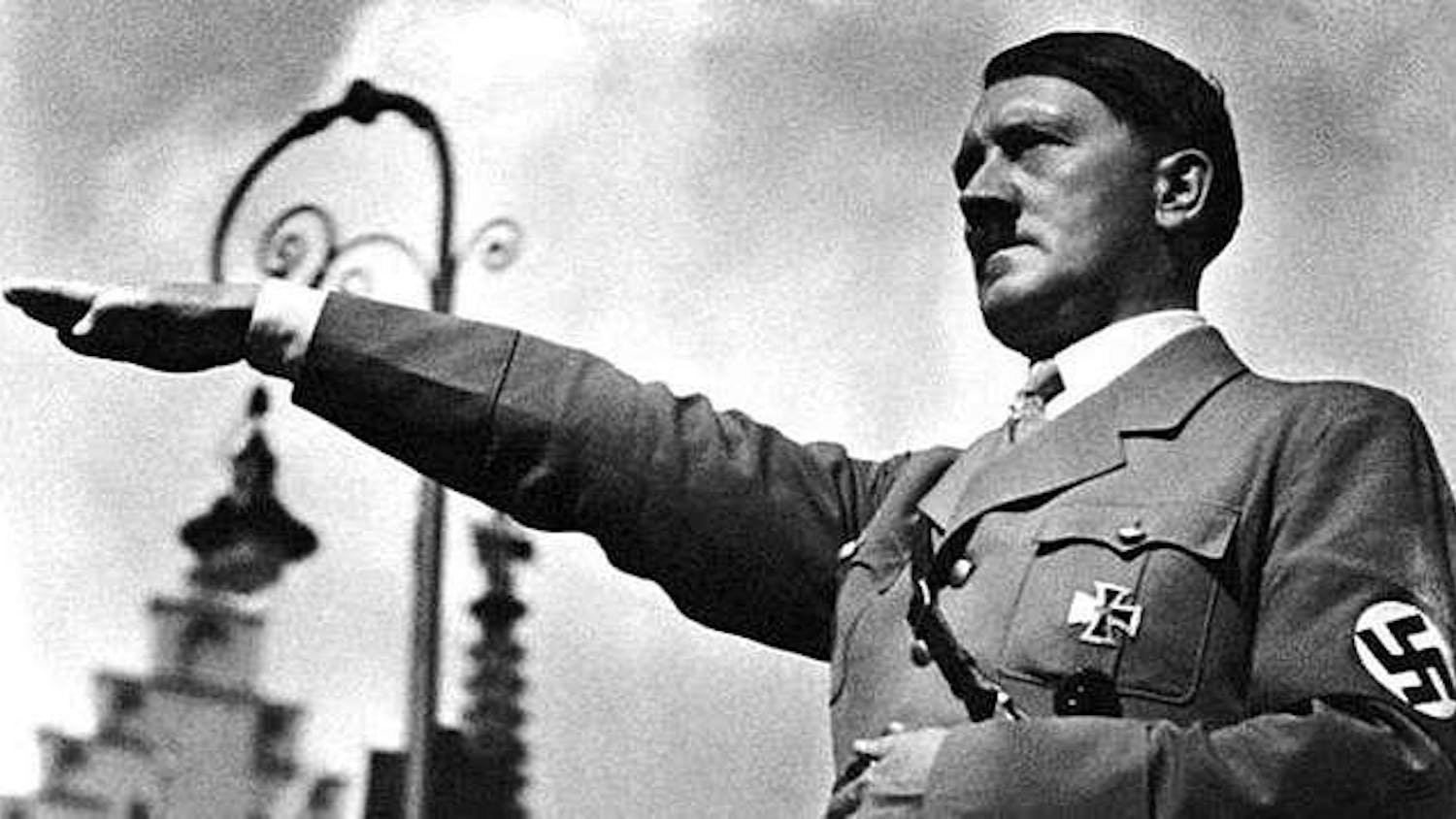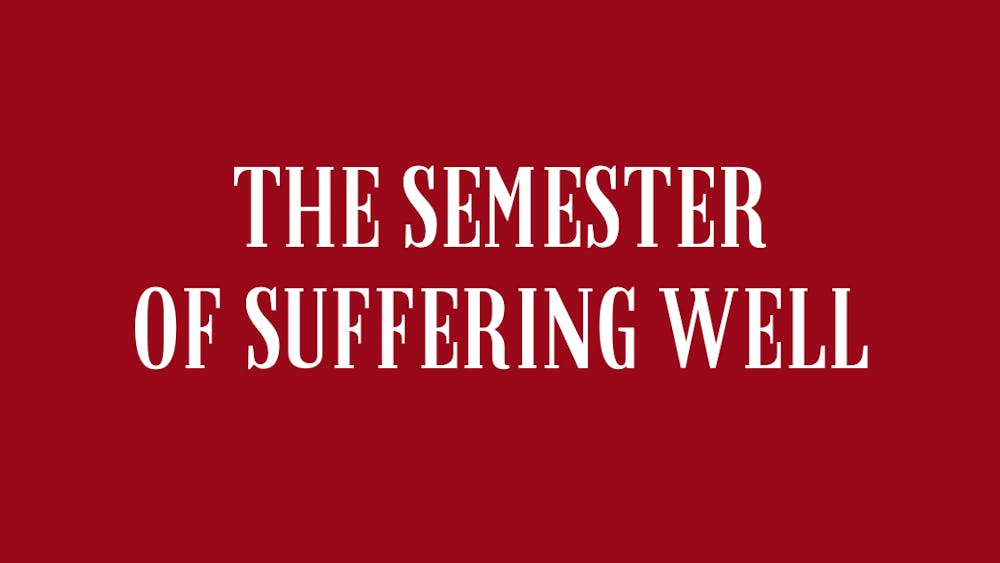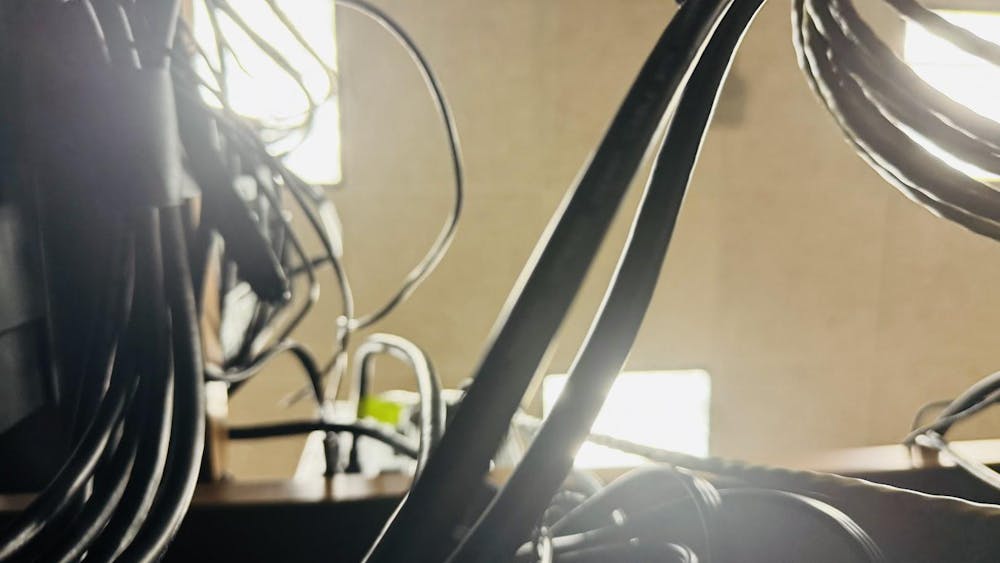I’ve been thinking a lot this year about how people relate to their hometowns. Part of this has to do with the fact that I was away — really away — from home for the first time ever last semester, for five months of study abroad.
Coincidentally or not, hometowns featured in lots of the popular culture I consumed during my time away. For instance, in John Steinbeck’s “East of Eden,” which I read in halting bits and pieces over the course of many months, he writes about idyllic childhood memories in the harsh yet gorgeous landscape of the Salinas Valley.
I also had the chance to see “Lady Bird,” which is full of stunningly beautiful shots of driving around Sacramento at sunset. The angsty title character, Lady Bird, flatly states time and time again that she hates Sacramento. When the principle of her Catholic school, Sister Sarah Joan, points out that she writes about Sacramento with great detail in her college essay, Lady Bird responds that she doesn’t love Sacramento — she just pays attention. “Don’t you think they’re the same thing?” asks Sister. “Love and attention?”
This is a long-winded way of saying that “Lady Bird” and “East of Eden” are linked: Through their works, both Gerwig and Steinbeck have written love letters to their respective Californian hometowns.
I live in the Northeast Neighborhood of South Bend, Indiana, and I’ve been here for nearly my entire life. All of this hometown-related pop culture has me thinking: What, exactly, would the love letters to South Bend read like?
It’s easy enough to wax poetic about California sunshine — how about love letters to polar vortexes and brutal, unrelenting winters that stretch well into March? Maybe the letters would go on to praise the quality of South Bend’s inhabitants and leaders, its burgeoning food and coffee cultures or its massive and under-appreciated library system. Maybe they would mention the way the River Lights look at night over a misty Saint Joe river, or the captivating beauty of an urban landscape that can be at once gritty and exciting.
Maybe the letters would mention the challenges South Bend still faces as a city; love letters, after all, can be complicated. Maybe they would trace the long arc of South Bend’s incremental progress, from dying city to a Rust Belt redemption story.
Works like Steinbeck’s, Gerwig’s and others are personal stories, but they also help to define how outsiders perceive the places their authors call home. In the coming weeks and months, I want to investigate how members of the South Bend community have already explored their relationships to the city through creation, be it artistic or otherwise. Other people are paying attention to South Bend; I should be paying attention, too.













